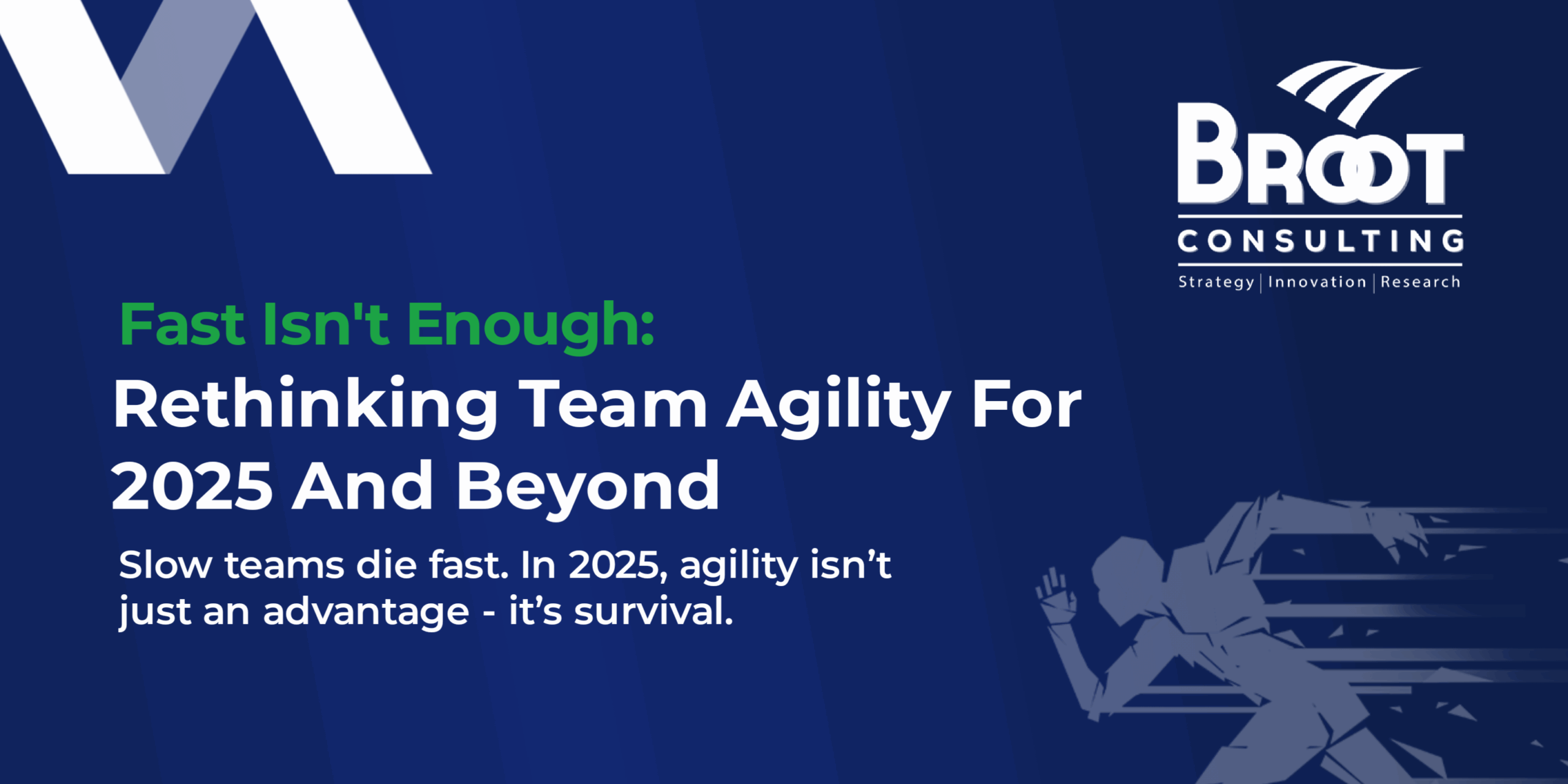Statistics on employees satisfaction is quite sobering; according to Gallup, 51% of the U.S. workforce is not engaged. The Engagement Institute estimated that disengaged employees cost organisations between $450 and $550 billion annually. Mental Health America research shows that disengaged workers cause massive losses in productivity. IBM research, on the other hand, shows that 40% of employees leave their job because they are unhappy with it. From the study by Mental Health America, 71% of workers are looking to change employers. According to research by Korn Ferry, 90% of executives consider keeping new hires in their organisation as a significant issue. Gallup’s State of the Global Workplace finds that only 13% of employees around the world feel engaged at work. No matter the nature or size of your business, its success is mostly dependent on people: talented, engaged and satisfied workforce. So what do you need to do to create an atmosphere where employees feel engaged and satisfied?

- Build a sense of ownership: it is a mistake to think that you can get the best out of employees without creating an environment where employees have a strong sense of belongingness and ownership. Today’s employees are tired of being “factory workers” If your tone and attitude are such that employees feel it is all about you, then their commitment to your vision will be fluid. Employees are more committed when they feel they own the place. When they can interact freely and seamlessly and support each other’s growth. A sense of ownership is stronger when an employee is free to contribute his or her ideas without fear or intimidation. Promotion of a sense of ownership should be complemented with a culture of high-performance. Every entrepreneur wants higher performance, but it is ownership that breeds the responsibilities for high performance and such should be demanded from the employees.
- Trust employee with new responsibilities: In the course of the research for the book, Rookie Smarts, Liz Wiseman observed a strong correlation between the level employees’ satisfaction and the challenge level they are exposed to in the organisation. As the challenge level goes up, so do their satisfaction. She discovered that people who had received a challenging assignment could figure it out and once done, they are ready for the next challenge. Have you imagined the frustrations of doing the same thing over and over again throughout one lifetime? Human being is created to be dynamically creative. Always give your employees new challenges, and they will delight you with results that beat expectation. Doing the same thing day in day out is a systematic way of killing their creative skills.
- Stop treating them like babies: Transparency concerning the overall health of the organisation facilitates a better understanding of the organisational goals and enlist employees commitment toward the corporate vision. Hoarding information from workers breeds rumour-mongering and unnecessary expectations. We treat employees like babies when we think that some information is better kept away from them because they can’t handle it, especially when the news is not too good. Rumour germinate and thrive fast in an atmosphere of opaqueness and lures employees to fabricate what they believe is going on. Beyond the issue of leaving them in the dark, ensure you build a culture where every employee is respected regardless of age, sex, experience or qualification. Once you begin segregating on those lines, you are building your “empire” on a weak foundation. Treat every employee as an adult, and they will behave as one. .– Anthony Smith, CEOand founder of Insightly, said clear and frequent communication on company happenings, individual and department and company direction make all the difference in employee happiness.”
- Be passionate about employee’s career growth: Human beings are growth inclined. Stagnation typifies decline and “death”. To make employees happy, create and continuously discuss their career growth with them. Employees will be engaged when they are doing meaningful and challenging work. Most small organisations make the mistake of looking at their size and leave employees to be in the same position with the same title for many years. When an employee cannot sense that they are growing it will be difficult for them to be truly happy. Maria Kraimer, a business professor at the University of Iowa, advised that businesses must have “regular career-planning discussions with their employees and ensure that employees are aware of the different types of career paths or job opportunities throughout the company.”
- Live an exemplary life: No one can live the values of the organisation better than you. You don’t want your employees to shout on each other, but do you shout? You don’t want them to lie but are you truthful to them? You don’t want them to frown and scare the customers away, but do you keep a smiling and friendly face all the time, including not too pleasant times? Your employees will learn from you and do what you are doing. Don’t be deceived into thinking that they do not see you; the best way to ensure your organisation is value-driven is to live those values.
- Motivate them beyond financial returns: Money is good and sometimes answers all things, but it gets to the point when money does not give true happiness. This is why we all have examples of employees leaving jobs with great pay to those with less financial returns. This tells very clearly that money is not everything. Employees value peace of mind, dignity and freedom while they are averse to toxic environments.
- Mentor them to succeed: Your job as the boss is to help your employee succeed on the job. Just like a teacher, employee’s performance is a direct reflection on the supervisor competence. When the boss is perceived to be passionate to help the employees succeed on the job, there is a high tendency that such employees will be engaged, satisfied and committed. To succeed, give them the right tool, create a great workplace culture and mentor them on the job.
- Show empathy: When you aregenuinely concerned about your employee’s wellbeing then, they can’t help it, but to be genuinely concerned about your business. When your employee is sick or feeling discomfort, please don’t look away, move closer to them, give helping hands and they will be committed to your business. Part of being emphatic is to be concerned about their work-life balance and even invest in it. Thanks to the digital age, all your employees are just a few buttons and clicks away from you however don’t abuse their private time
- Say “Thank You” and say it often: There is no one who will feel great if after putting their best in a job, they submit it and the person to whom it was presented just looked away. One of the cheapest yet most valuable gifts that you can give to your employee is to say thank you to them for a job well done. This is an inexpensive gift that is not an item on your Profit and loss. Unfortunately for some bosses, the cheapest gift is also the most difficult to give. To keep your employee happy, thank them and celebrate them publicly. You can do this either with a personal thank you card, with email or through your newsletter and other media. If, however, they dropped the ball, motivate them to do better next time.
- Be a little soft and a little Cold: While employees happiness is essential to the success of any organisation, it is equally important to employ a little bit of strategic push, as progress rarely comes from those who are too contempt and comfortable, it often comes from those who are unsettled by their level of competence, and everybody has one. Every worker has what motivates them to become better; for some, it is money, for others, it is recognition or more responsibilities. Thus, it is essential to know what motivates workers and how to use it to push them to be better while keeping them happy.
CONCLUSION
Once upon a time, an organisation held a workshop that everyone from the owner to cleaner attended. At one point in the workshop, the resource person told everyone to close their eyes. He then requested that if they enjoyed the organisation and would love their kids to work in the same organisation, they should raise their hands. All hands were down except the owner of the business. If this exercise were carried out in your organisation, are you sure that other hands will join yours? Come to think about it; if only you, as the owner of the company, are excited about the company, you still have a very long way to go. How many hands do you think will go up? Breeding and retaining great employees in your organisation goes beyond the offering of jumbo packages. It takes a deliberate effort to engage them.
Without happy employees, your level of competitiveness will be shallow. To succeed in attracting and retaining employees, David Ballard, assistant executive director for organisational excellence at the American Psychological Association advise creating an environment where employees feel connected to the organisation and have a positive work experience that’s part of a rich, fulfilling life.” Make your employees happy because it is the right thing to do. Make them comfortable for the sake of your organisation and make them happy so that you will be happy.




